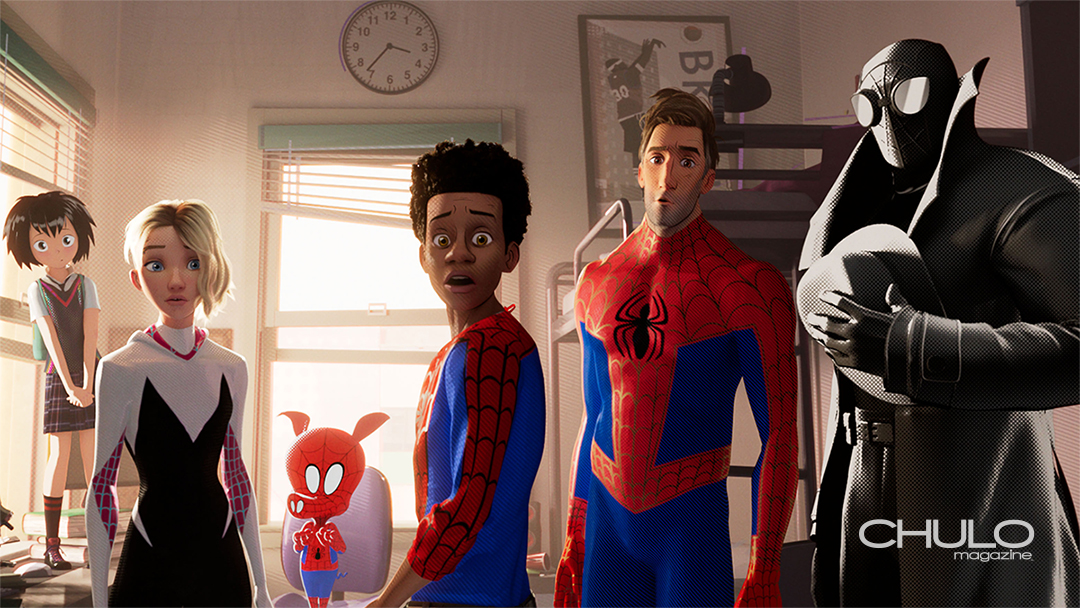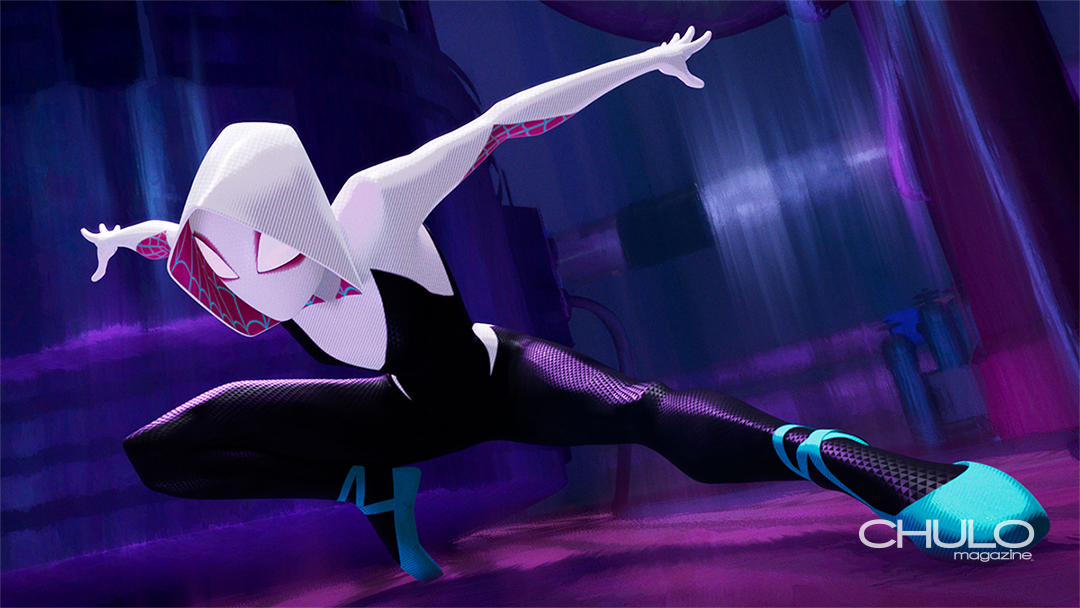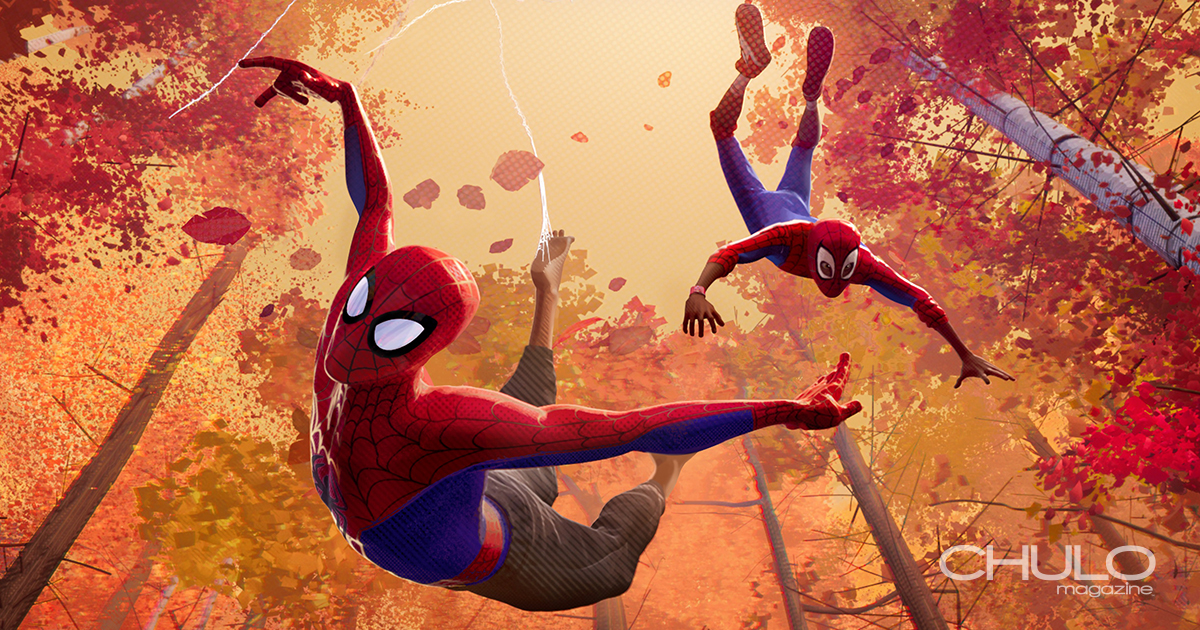There’s a solid case to be made that 2018 was the most successful year in the history of superhero films. But nothing can beat Sony’s newest animated adventure, for pure comic book-based thrills. Over the last sixteen years, we’ve had three different Spider-Men. But ‘Spider-Man: Into the Spider-Verse‘ realises that if the story is good, people won’t get tired of it.

Taking inspiration from a 2014 storyline in Marvel Comics, the film centres on Miles Morales (Shameik Moore), a teenager who lives in a world where Peter Parker (Chris Pine) already exists as Spider-Man. Instead of being a nerdy outcast, all the anxieties of adolescence are still present, as Miles struggles with identity, attending a posh private school and having to leave behind his neighbourhood friends. While he still has the same origin story — getting his powers after being bitten by a radioactive spider — his story refuses to go through the motions.

Anticipating Spider-Man fatigue amongst its audience, following a slew of reboots, sequels, spin-offs, and guest appearances since Sam Raimi re-energised the character back in 2002, this film doubles down, introducing five new Spideys, each from their own alternate universe.
Along with Miles, there’s a divorced and depressed Peter B Parker (Jake Johnson), Gwen Stacy’s Spider-Woman (Hailee Steinfeld), a trench-coated Spider-Man Noir (Nicolas Cage), drawn in black and white, Looney Tunes-esque Spider-Ham/Peter Porker (John Mulaney), and the futuristic, anime-styled Peni Parker (Kimiko Glenn).

The film’s wit, unique design, and the compelling story quickly draw in non-comics readers, despite the fact that the film’s multitude of Spider characters initially gives the impression that they were mainly intended to appeal to comic book fans. The entire filmmaking team, most notably writer/producer Phil Lord and producer Christopher Miller (The Lego Movie), offers clarity to a film that, in less experienced hands, could have easily gone off the rails.

The plot is brilliant and just intricate enough, quickly moving through humorous parts, pausing for heartfelt sentiment, then losing itself in wild imaginative chaos. The ruthless Kingpin (Liev Schreiber) has a machine created that rips the space-time continuum, bringing the Spider-people into Miles’ world. There’s a lot to love here, not least the animation, which employs split screens, Ben-Day dots, and onomatopoeic text to simulate the tactile feel of reading a comic book — panels, hatching, and primary colours, all intact and ready to leap off the page.

Even the climactic battle, which has recently been the dullest, noisiest, and least innovative moment of any superhero film, has a manic, psychedelic intensity to it. Digital effects have lost much of their shine in large-scale live-action films, mostly due to over-use. ‘Spider-Verse’, has the look and feel of analogue in a ridiculously digital world, and finds creative freedom in comic book traditions.
There have been several Spider-Man films over the past sixteen years, but Spider-Man: Into the Spider-Verse stands out in a way that none of the others can.
By the way, here’s a disclaimer, since Into the Spider-Verse fails to do so: If you, or ANYONE you know has EPILEPSY, either don’t go see this, or be REALLY FUCKING CAREFUL if you choose to go. You will be a mouth-foaming, sputtering mess of a human before the halfway point.





